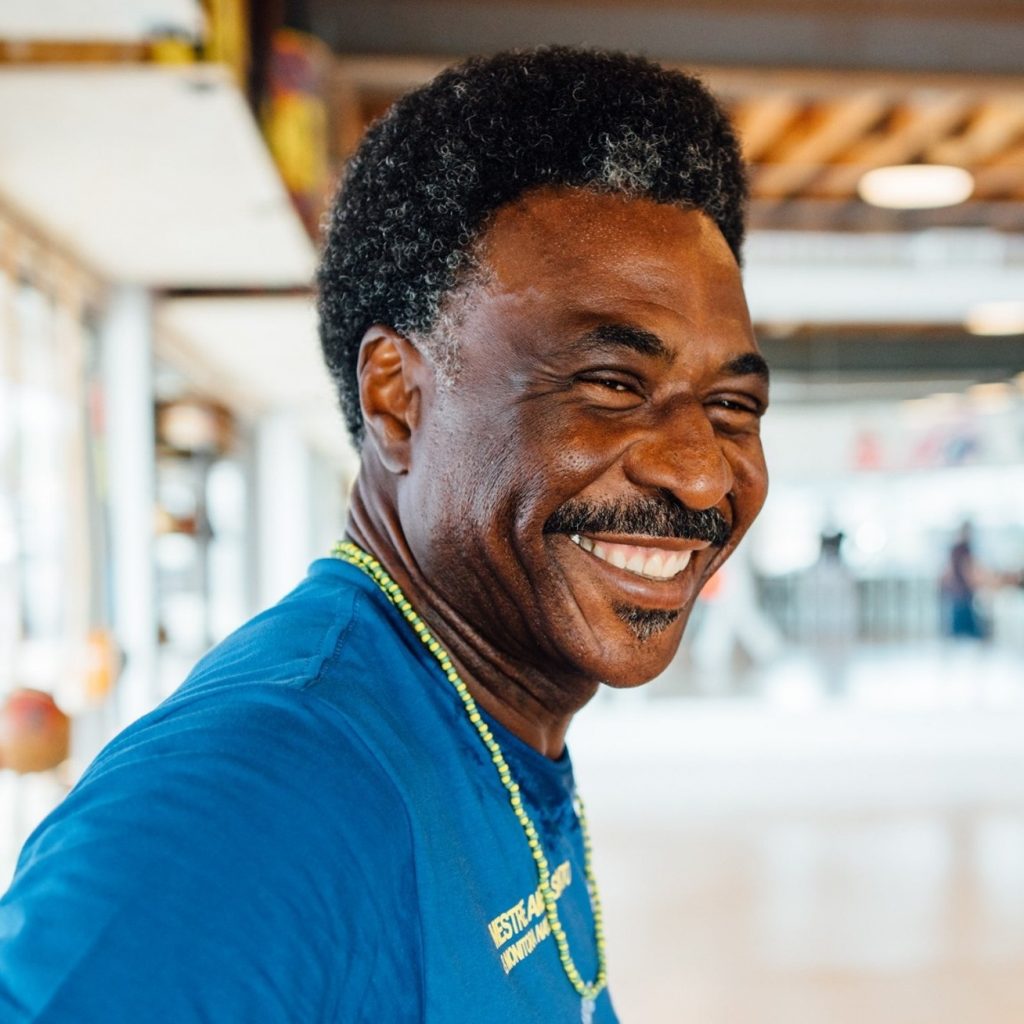Did you know that Black people have lived, owned business and held deeds to properties in South Los Angeles since 1781?
Established on 9/4/1781, Los Angeles (LA), California is the largest city in the United States (U.S.) founded by free Black people – 26 of the city’s 44 original settlers were Black/Afro-Latino with Spanish surnames. Then a part of the Viceroyalty of New Spain (now Mexico), LA’s original Black community was located on the south side of what is now known as the Los Angeles Plaza Historic District on Los Angeles Street, then known as Calle de los Negros – the Street of the Black People. Every single Black settler received the deed to their properties and are counted among southern California’s first non-indigenous landowners.
Essentially, Black people have lived and owned properties and businesses in South LA since day one. In 1793, they helped elect Juan Francisco Reyes, an Afro-Hispanic soldier, Mayor of Los Angeles; in 1810, they joined the Mexican rebellion against Spanish Colonial rule and, in 1821, celebrated its independence from Spain; in 1829, they helped elect Vicente Guerrero, the first Black/Afro-Mexican president; and, in 1845, they helped elect Pio Pico, a man of Black, Indian, and Spanish ancestry, Governor of the Mexican state of Alta California.
From late 1849 through the early 1900’s, Black businesses in South LA began to thrive and the population began to grow. In 1850, LA’s first Black-owned barber shop and shoeshine parlor in opened in South LA and Peter Biggs, its owner, became the first Black American to own property in the city; in 1866, Biddy Mason became the first Black woman to own property in LA; in 1869, First African Methodist Episcopal (FAME) Church, the city’s first Black church, opened in South LA; in 1879, LA’s first Black newspaper was established; the community continued to grow and, by the end of 1910, the 51st Street School, LA’s first school built specifically to serve Black children, was built near what is now known as the Central Alameda neighborhood.
From 1910 through the 1970’s, the Great Migration of Black people out of the rural Southern U.S. led to several hundred thousand people settling in South LA. By 1910, an effort to create a Black enclave in LA, spearheaded by numerous Black-owned businesses and churches (i.e., The California Eagle newspaper, the Somerset Hotel (later renamed the Dunbar), the Hudson-Liddell Building, and the Golden State Mutual Insurance Building and FAME church) encouraging Black-owned businesses to cluster along South LA’s Central Avenue and Black people to purchase homes in the area, was well under way. By the 1920’s, newspapers were referring to South LA as the city’s Black Belt. In 1923, LA’s first Black fire station was formed in South LA and, by 1929, about 43,000 Black people were living in the area. After the Great Depression, businesses and jazz clubs sprang open on South LA’s Central Avenue. From the 1940’s through the 1970’s, drawn by post World War II social, economic and educational opportunities, more than a 100,000 Black newcomers settled in South LA leading to one of the largest concentrations of Black people, Black businesses, black homeowners and Black wealth in the country.
Starting in the late 1970’s and continuing through the early 2000’s, South LA has been enriched by the arrival of hundreds of thousands of people from Africa, Asia, Mexico, Central America, South America, and the Caribbean. Today, as a result, South LA is home to one of the largest concentrations of Black people (i.e., Africans, African Americans, Afro-Caribbean and Afro-Latinos) and LatinX Americans in the U.S. and is home to, arguably, the most diverse economic, gastronomic, social, business and entertainment climates to be found anywhere.

Article written by Randal Henry
email: gocrenshawpublications@gmail.com
Follow: amazon.com/author/randalhenry .

Recent Comments